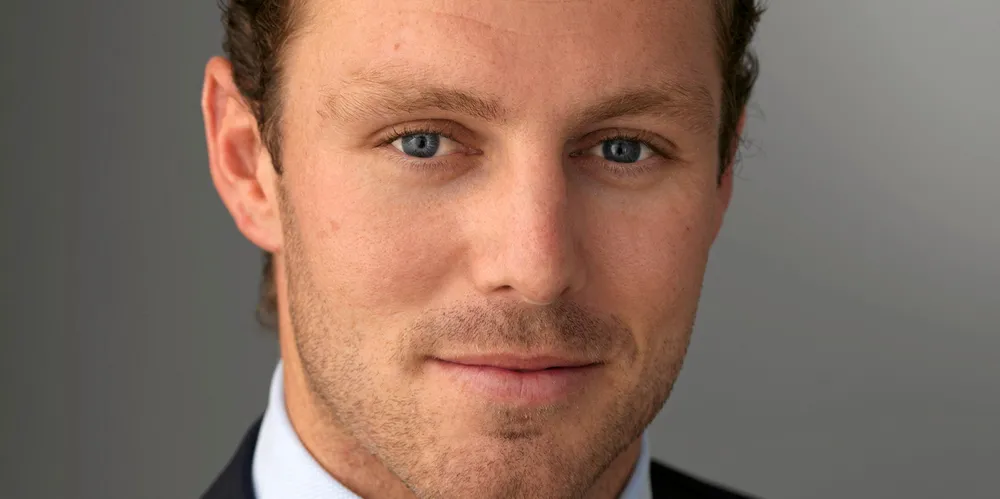Emerald Isle's green hydrogen flagship hires in Worley for engineering on pilot
Irish developer EI-H2’s 50MW lead-off project to decarbonise industrial cluster before being expanded to wire-in 1GW floating wind array for giant e-fuel complex

Irish developer EI-H2’s 50MW lead-off project to decarbonise industrial cluster before being expanded to wire-in 1GW floating wind array for giant e-fuel complex
